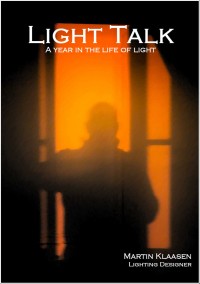The process of lighting design
Perth, 16th October 2014
Most of my presentations are about specific subjects or lighting applications, my experiences etc. while in my earlier days I used to present more basic lighting issues, one of the most core subjects being the actual design process itself. Over the next 10 days I will have three presentations to do, two in Chongqing, China, and one in Hong Kong on different subjects. For one of them I have been asked to present my thoughts on the design process itself and quite frankly it is a subject that is crucial to the success of each and every process. We now do it with our eyes closed because we have gone through the process many, many times. It is like swimming or driving, once you have learned it you never forget. You hone your skills along the way and wile you keep learning and refining the process, the basic core process remains the same.
First of all there is no design process without a client and while the ideal client is one that gives you artistic freedom, is easy on the deadlines and pays you well, the reality is that they are hard to find, certainly when you just start your business. Once you are established you find that most projects come to you through referral as your name and track record is out there for everyone to see. So once you have found your project client, you need to put together the fee proposal which is the foundation of a successful relationship. Here again you learn over the years from the mistakes and the shortcomings in your proposal or contract. But once these are all signed, sealed and delivered you can finally start the process of designing.
The process of designing will take you through the various stages of work. First you will create the lighting design concept, your brainchild that hopefully will entice your client happiness and approval following which you can then develop the concept into details. This stage will require intense coordination and consultation with the rest of the team, culminating in technical documentation and specifications suitable to call tender for supply and install. Later as the works on site progress you will find yourself regularly on site to ensure your design is implemented properly and to specifications. The last but not least you supervise and direct the final testing and commissioning before handing over to your client.
Light Watch 5-175: The process of proposal, design and implementation…







 The long awaited book compilation of Martin's first year of blogging is available. Order now.
The long awaited book compilation of Martin's first year of blogging is available. Order now. Feedspot Top 100 Lighting Blogs
Feedspot Top 100 Lighting Blogs